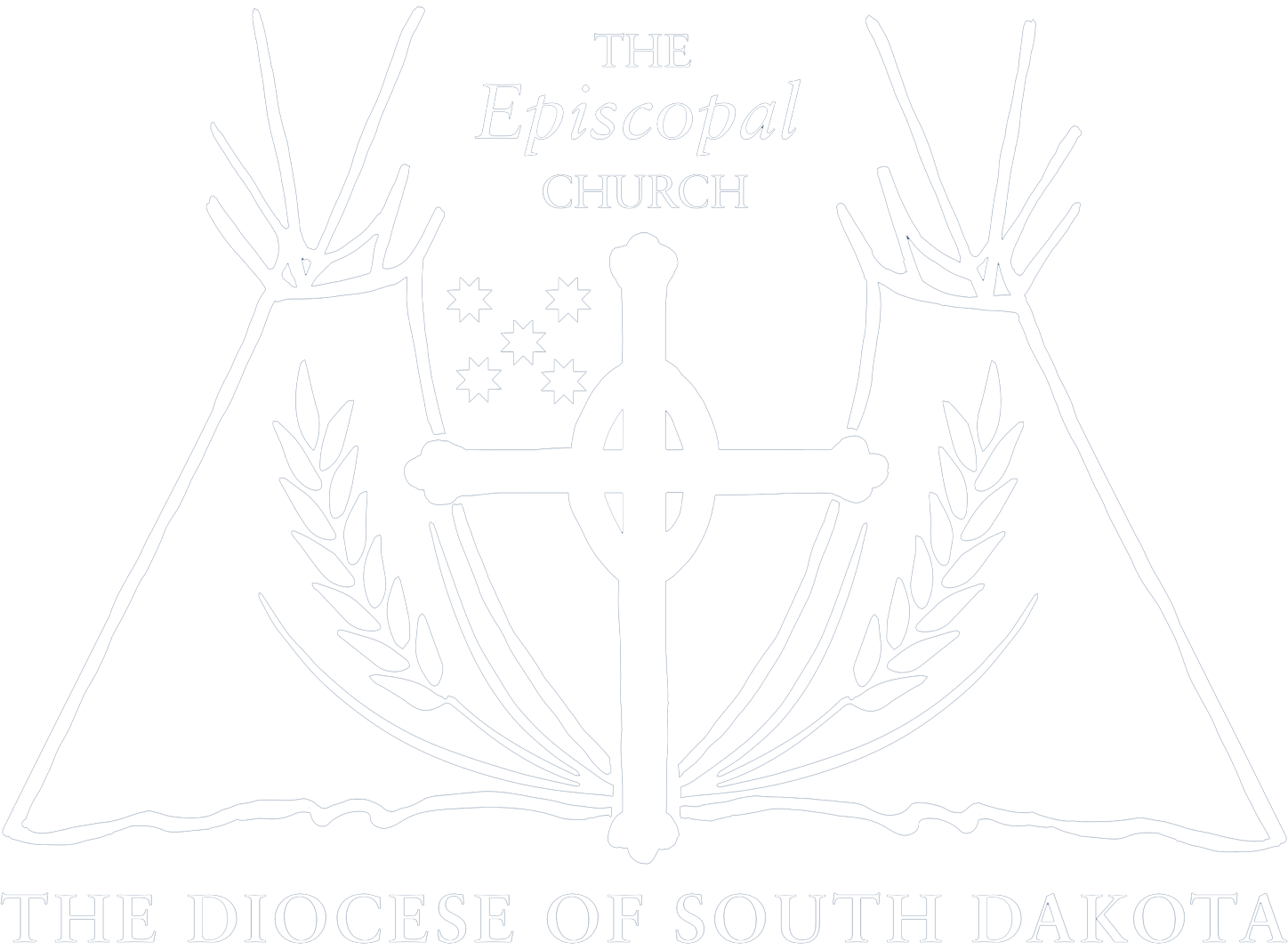Christ Church Cathedral in Eau Claire, Wisconsin, is one of only two congregations in the Diocese of Eau Claire that averages more than 80 worshippers on Sundays. Photo: Christ Church Cathedral, via Facebook
All Saints’ Cathedral in Milwaukee, Wisconsin, is one of 48 congregations in the Diocese of Milwaukee, one of three Episcopal dioceses in the state.
[Episcopal News Service] The three Episcopal dioceses in Wisconsin voted overwhelmingly Oct. 21 at their conventions in favor of pursuing a merger, initiating the final phase of a process that is on track to conclude in June 2024 at the 81st General Convention with churchwide approval of the proposed reunification.
The conventions of the dioceses of Milwaukee, Fond du Lac and Eau Claire, meeting separately but on the same day, each adopted a resolution proposed by the steering committee of what is known as the Episcopal Wisconsin Trialogue. That resolution now empowers the steering committee to begin drafting the documents, such as governance structures and assessment procedures, that would facilitate a reunion of the three as the single Diocese of Wisconsin. Final diocesan votes on a “joint agreement of union” are expected at a special joint convention in the spring.
The votes in favor of reunion were nearly unanimous in the dioceses of Milwaukee and Eau Claire. More than 91% in each diocese voted yes at the Oct. 21 conventions. Both dioceses have been without diocesan bishops since the end of 2020, after their former bishops retired. In the Diocese of Fond du Lac, led by Bishop Matt Gunter, 61% of lay delegates and 76% of clergy delegates voted yes.
“The positive vote in each of the three diocesan conventions to continue pursuing reunion is a significant step forward as we discern how best to be the kind of mission-oriented church we believe God is calling us to be in in the changed and changing context of the 21st century,” Gunter said Oct. 23 in a written statement to Episcopal News Service.
Gunter has served as bishop provisional of the Diocese of Eau Claire since January 2021, after that diocese elected him to take over for Eau Claire Bishop William Jay Lambert, who retired the previous November. For most of the Trialogue process, the Diocese of Milwaukee was led by former Chicago Bishop Jeffrey Lee, elected bishop provisional after Milwaukee Bishop Steven Miller retired. When Lee’s two-year tenure as bishop provisional concluded at the end of July 2023, Gunter agreed to serve Milwaukee in the interim as an assisting bishop.
The process is called reunion under The Episcopal Church’s canons because the three dioceses share roots in the historic Diocese of Wisconsin, which was created in 1847, the year before Wisconsin became a state. The current discussion of possible reunion gained momentum in 2021, partly because the dioceses of Milwaukee and Eau Claire were in the middle of bishop transitions. The three dioceses, like many across The Episcopal Church, also saw a need to consider new, sustainable models of collaboration and governance as membership declines churchwide and some dioceses face financial uncertainty.
To lead their discernment, the dioceses formed the Trialogue Steering Committee, which proposed a plan to divide the state into five regions to better connect congregations with each other and with diocesan leaders. The committee has emphasized that the cost savings from administrative consolidation could be redeployed toward ministry goals statewide.
Today, about 6 million people live in the state, though church membership is steadily declining in all three dioceses – down overall by more than a third in the past decade. Eau Claire, with about 970 baptized members, and Fond du Lac, around 3,500, are two of The Episcopal Church’s smallest dioceses. Milwaukee is larger, with about 6,400 members.
Even if Wisconsin were still all one diocese, it would have fewer Episcopalians than each of the 48 largest Episcopal dioceses. The combined diocese would have about 100 congregations.
Geographically, Wisconsin’s diocesan boundaries roughly divide the state into thirds. The Diocese of Milwaukee occupies the more populous southern third and includes the diocese’s namesake, with about 600,000 residents. It also includes the state’s capital, Madison, as well as a diverse mix of smaller suburban and rural communities.
The Diocese of Fond du Lac in the northeastern third of the state includes Green Bay, several smaller cities clustered around Lake Winnebago and part of the sparsely populated Northwoods region, a popular outdoor seasonal tourism destination.
The population of the northwestern third of the state is sparer still. The Diocese of Eau Claire spans forest and farmland from the Mississippi River to Lake Superior, including only three cities with more than 20,000 residents, and most of its 19 congregations count fewer than 60 members.
The recent trends are a stark contrast to the rapid expansion that occurred during The Episcopal Church’s first century in Wisconsin. As the state’s population more than tripled to 1 million in the 1850s and 1860s, the number of parishes in the northeastern part of the state grew from three to 27, according to a history of the church in Wisconsin.
– David Paulsen is a senior reporter and editor for Episcopal News Service. He can be reached at dpaulsen@episcopalchurch.org.

